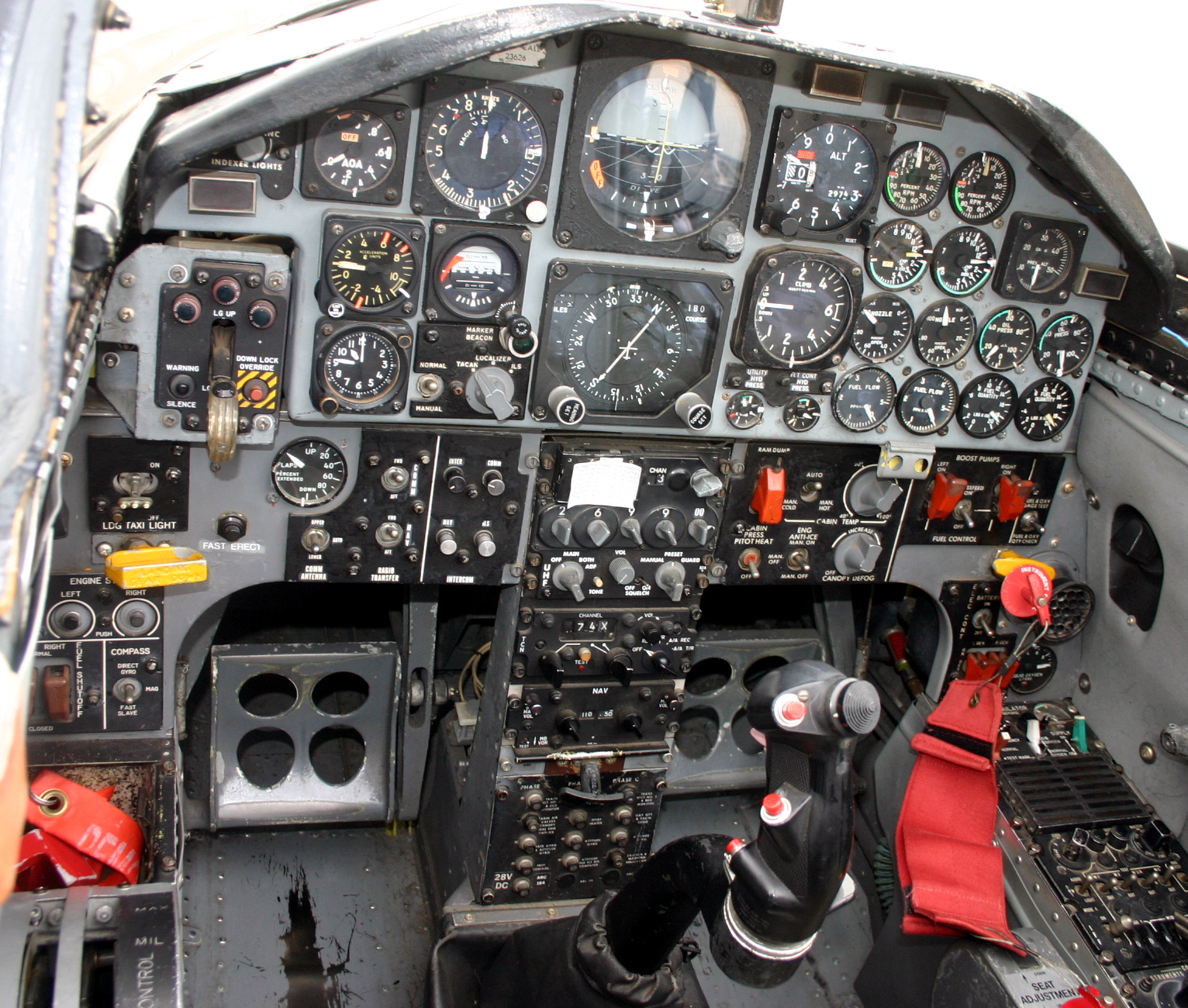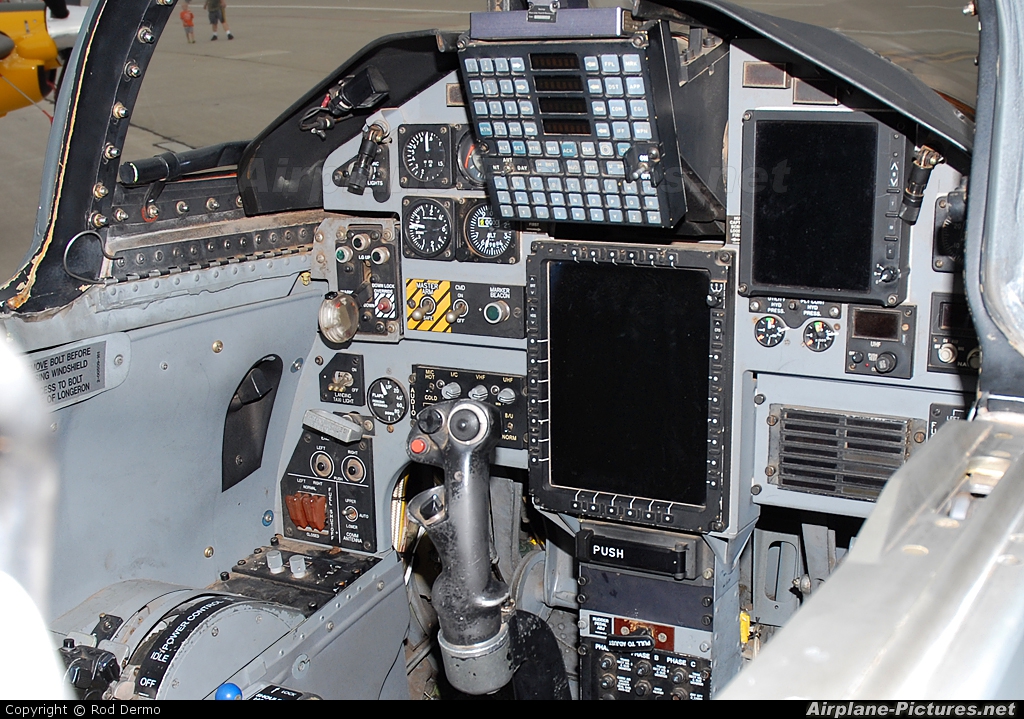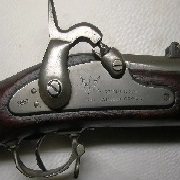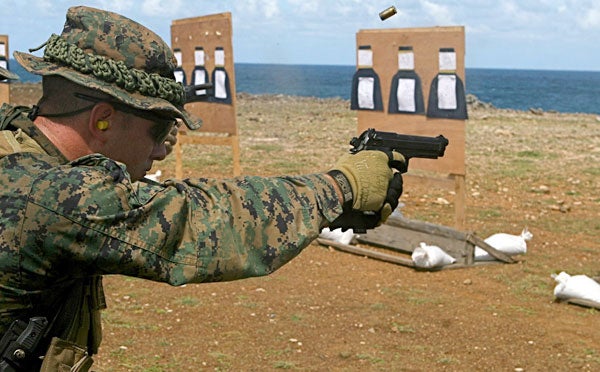|
KYOON GRIFFEY JR posted:has any weapon system ever been introduced and the guys using it were immediately like hey this thing rules compared to our old poo poo Sure, all the time. We were really happy to move from M60A1s to M1A1s. I'm sure the WWII-era pilots were happy to go from F4F Wildcats to F6F Hellcats, or from P-51Bs to P-51Ds, and so on.
|
|
|
|

|
| # ? Jun 9, 2024 07:38 |
|
Cessna posted:Sure, all the time. MFD's. AIM-120's vs. AIM-7s. Folks that flew the Harrier and have been flying the F-35B. EvilMerlin fucked around with this message at 18:47 on Feb 6, 2019 |
|
|
|
yeah i guess i was just thinking small arms, i feel like small arms rollouts tend to be bad
|
|
|
|
Morphine syrettes vs. nothing.
|
|
|
|
KYOON GRIFFEY JR posted:yeah i guess i was just thinking small arms, i feel like small arms rollouts tend to be bad M-1 Garands over M1903 Springfields?
|
|
|
|
Switching over from the leather band Kevlar helmet to the ones with the gel pads was a very serious quality-of-life increase
|
|
|
|
Cessna posted:M-1 Garands over M1903 Springfields? I thought a lot of Marines liked the accuracy of the 1903 over the Garand, but the ROF was nice...
|
|
|
|
EvilMerlin posted:I thought a lot of Marines liked the accuracy of the 1903 over the Garand, but the ROF was nice... Besides some backroom grunt chatter and imagined feats of marksmanship, where would the mechanical accuracy of the Garand actually be any kind of a deciding factor in any real world use?
|
|
|
|
EvilMerlin posted:I thought a lot of Marines liked the accuracy of the 1903 over the Garand, but the ROF was nice... I don't know; even though I am old I wasn't there for that change-over. I vaguely recall reading that they preferred the Garand, but I can't cite my source.
|
|
|
|
Cessna posted:I'm sure the WWII-era pilots were happy to go from F4F Wildcats to F6F Hellcats, or from P-51Bs to P-51Ds, and so on. Ironically, USN pilots hated the switch from the F4F-3 to the -4. The -4 added an extra .50 in each wing because the british wanted the extra firepower in their Lend Lease birds. The cost for that was, iirc, 14 seconds of firing time. Since 4 .50s was plenty against what the IJN was flying in 1942 and 43 that was a substantial cut to their useful firepower.
|
|
|
|
Well at least some Marines “requisitioned” some M1 Garands from the Army on Guadalcanal.
|
|
|
|
Phanatic posted:Morphine syrettes vs. nothing. This has me wondering about stuff like ACW amputations. How much is the prevalence exaggerated, how much of it was due to injuries that would have ended in an amputation under modern medicine were it not for implantable rods/plates/screws/antibiotics, etc. I doubt they were just going around hacking off any limb that got scratched, but there's the whole "sawbones" stigma around, like, 19th c war medicine that comes off that way in popular representations. If you showed up with a clean femur break (say you got knocked off your horse) they'd just splint you up and send you back to the rear, right?
|
|
|
|
zoux posted:Hmmm why did everyone turn into a raging dickhead in the last 24 hours
|
|
|
|
I just rolled in here now after seeing it all transpire and I feel like I missed my chance to ask Cessna about lap loading when he talked about doing some things different from training.
|
|
|
|
Cessna posted:Compare how he’s shooting:
|
|
|
|
HEY GUNS posted:for a refreshing change, this time it wasn't me As an SOF Marine I was quite troubled by the lack of camraderie displayed
|
|
|
|
EvilMerlin posted:MFD's. I'm not completely sold on the MFD, it seems like a single point of failure to me. I never worried about all the senders for the individual steam gauges all failing at once. I've heard the UH-60M guys having to do an inflight reboot after the software locks up. Another fun thing about the UH-60M, its GPS isn't certified for instrument approaches, but the 128D in the UH-60A/L is, so the newer aircraft with the coupled autopilot is less capable than the legacy system. Of course the Army's answer to this is "instruments are not an Army mission," except for all the times it is.
|
|
|
|
FAUXTON posted:How much is the prevalence exaggerated, how much of it was due to injuries that would have ended in an amputation under modern medicine were it not for implantable rods/plates/screws/antibiotics, etc. Approx. 60,000 amputations were performed in the US Civil War. Source.
|
|
|
|
SimonCat posted:I'm not completely sold on the MFD, it seems like a single point of failure to me. I never worried about all the senders for the individual steam gauges all failing at once. I've heard the UH-60M guys having to do an inflight reboot after the software locks up. Another fun thing about the UH-60M, its GPS isn't certified for instrument approaches, but the 128D in the UH-60A/L is, so the newer aircraft with the coupled autopilot is less capable than the legacy system. Having been a paper flyer... MFD's for me, were a game changer From this:  to this: 
|
|
|
|
FAUXTON posted:This has me wondering about stuff like ACW amputations. How much is the prevalence exaggerated, how much of it was due to injuries that would have ended in an amputation under modern medicine were it not for implantable rods/plates/screws/antibiotics, etc. The Minie ball tended to pulverize bones and tear apart tendons. The limb was usually not repairable, and the nature of the wound meant that infection would set in quickly. The only chance of survival was amputation.
|
|
|
|
FAUXTON posted:This has me wondering about stuff like ACW amputations. How much is the prevalence exaggerated, how much of it was due to injuries that would have ended in an amputation under modern medicine were it not for implantable rods/plates/screws/antibiotics, etc. That's about the only thing that would get a splint. A compound fracture would probably be amputated. Resections were rare. The big thing is obviously infection. A wound contains flesh that's either dead or has impaired circulation, clostridium is everywhere and *loves* that kind of thing. If the patient presents with a serious wound, you can either amputate now, or you can try to save the limb. This requires debridement, the removal of that dead/noncirculatory tissue. In something like a modern field hospital with good lighting and an unconscious patient, when you have access to antibiotics to prevent a pathogen from getting a foothold, that's one thing. In a civil war hospital tent, with a patient who is at best semiconscious from chloroform and writhing around on the table, with a bunch more people waiting to get treated, it's not. So if you try to save the limb and don't get every bit of dead tissue out of the wound, the limb's going to get infected. If you wait until *that* point to amputate, the mortality rate doubles. Surgeons knew this; they weren't just amputating limbs for the hell of it, because it was easy, or because they were unskilled and that's all they could do, they were amputating limbs because that was the way to save lives. There were 282,000 Union wounded, and 30,000 amputations performed. There were 670,000 US wounded in WWII, there were 16,000 amputations performed.
|
|
|
|
"I'm sorry to disappoint you, but they're reenactors. They're just going to tussle a little bit and then sit down and drink"
|
|
|
|
Phanatic posted:That's about the only thing that would get a splint. A compound fracture would probably be amputated. Resections were rare. Thanks, this (and the others from folks before it) have been good posts, I was about to follow up to the Minie ball reference asking whether a similarly shattered limb would be amputated in a modern field hospital but the bolded part pretty much makes it clear - there were a hell of a lot of amputations as a ratio of wounded, more than what would reasonably be accounted for by changes in weaponry (i.e. burns from flamethrowers, for example) and it's unlikely there was much in the way of bolting and wiring a shattered bone back together in WWII.
|
|
|
|
Phanatic posted:That's about the only thing that would get a splint. A compound fracture would probably be amputated. Resections were rare. Then we have WW1... more than 1.65 million Brits were wounded during the ww1 almost 1/4 of a million had whole or some limb amputations as a result of war wounds. Thats a loving big number.
|
|
|
|
FAUXTON posted:Thanks, this (and the others from folks before it) have been good posts, I was about to follow up to the Minie ball reference asking whether a similarly shattered limb would be amputated in a modern field hospital but the bolded part pretty much makes it clear - there were a hell of a lot of amputations as a ratio of wounded, more than what would reasonably be accounted for by changes in weaponry (i.e. burns from flamethrowers, for example) and it's unlikely there was much in the way of bolting and wiring a shattered bone back together in WWII. Check out some of the images of minie-ball wounds. Holy gently caress.
|
|
|
|
Ensign Expendable posted:"I'm sorry to disappoint you, but they're reenactors. They're just going to tussle a little bit and then sit down and drink"
|
|
|
|
HEY GUNS posted:this is utterly perfect And 100% accurate.
|
|
|
|
EvilMerlin posted:And 100% accurate.
|
|
|
|
HEY GUNS posted:make a few gestures, die in front of the spectators, and then it's beer time Also checking out/critiquing each others impressions and gear. "Do these vatniki make my butt look big," etc.
|
|
|
|
EvilMerlin posted:Check out some of the images of minie-ball wounds. Holy gently caress. The Mutter museum had an exhibit on that a couple years ago. Minies were way more ballisitically-efficient and retained velocity much better than round balls (at 200 yards, a .58 Minie is hitting with 30% more energy than a .58 round ball). 480 grains of lead trucking along with 900 ft-lbs will just keep going when it hits something. It's not expanding like a modern hollowpoint or maybe fracturing and bouncing around like .223, it's just carving a fuckoff-big primary cavity and going through whatever bones might be in the way. Here's a suitably dry treatment: quote:Conclusions: The rifled musket produced more severe wounds when compared to the Krag-Jorgenson rifle, as was clinically apparent to observers at the time of the Spanish-American War.
|
|
|
|
HEY GUNS posted:make a few gestures, die in front of the spectators, and then it's beer time How often do y'all do big reenactments and what kinds of crowds does it draw
|
|
|
|
zoux posted:How often do y'all do big reenactments and what kinds of crowds does it draw
|
|
|
|
Do they set up big food and vendor tents. Is it a nerdier Ren Faire Hegel, admit it
|
|
|
|
zoux posted:Do they set up big food and vendor tents. Is it a nerdier Ren Faire Hegel, admit it
|
|
|
|
zoux posted:How often do y'all do big reenactments and what kinds of crowds does it draw Typically 3. The first one is early May and weather usually is chilly so a few thousand people per day (its the first two weekends of May both Sat and Sunday). Usually the 2nd weekend is bigger than the first. In mid June is our biggest, with around 10-15k people per day for a 2 day event. In Sept we have an inbetween which is 4 weekends in a row and typically is 5-6k per day.
|
|
|
|
EvilMerlin posted:Typically 3. Oh word, what era do you do? Not specifically military history but good history: https://twitter.com/koblin/status/1093218768329666560 Get tickets if you live around there, I hope they put it up somewhere, because Conan is an absolute Robert Caro fanboy
|
|
|
|
When doing a reenactment, how do you decide who dies when? I've always wondered that for movies too - like when a line or redcoats is marching across a field and takes a volley, does each extra know ahead of time if they fall over or not?
|
|
|
|
Vahakyla posted:Besides some backroom grunt chatter and imagined feats of marksmanship, where would the mechanical accuracy of the Garand actually be any kind of a deciding factor in any real world use? that's what i'm saying, even if poo poo is demonstrably better guys are going to figure out Some Way In Which It Is Worse
|
|
|
|
zoux posted:Oh word, what era do you do? 1500 German.  I'm on the left. Ignore the guy's shoes on the right: 
EvilMerlin fucked around with this message at 21:55 on Feb 6, 2019 |
|
|
|

|
| # ? Jun 9, 2024 07:38 |
|
pthighs posted:When doing a reenactment, how do you decide who dies when? I've always wondered that for movies too - like when a line or redcoats is marching across a field and takes a volley, does each extra know ahead of time if they fall over or not? I was under the impression people just randomly choose to have a snooze or not.
|
|
|


























